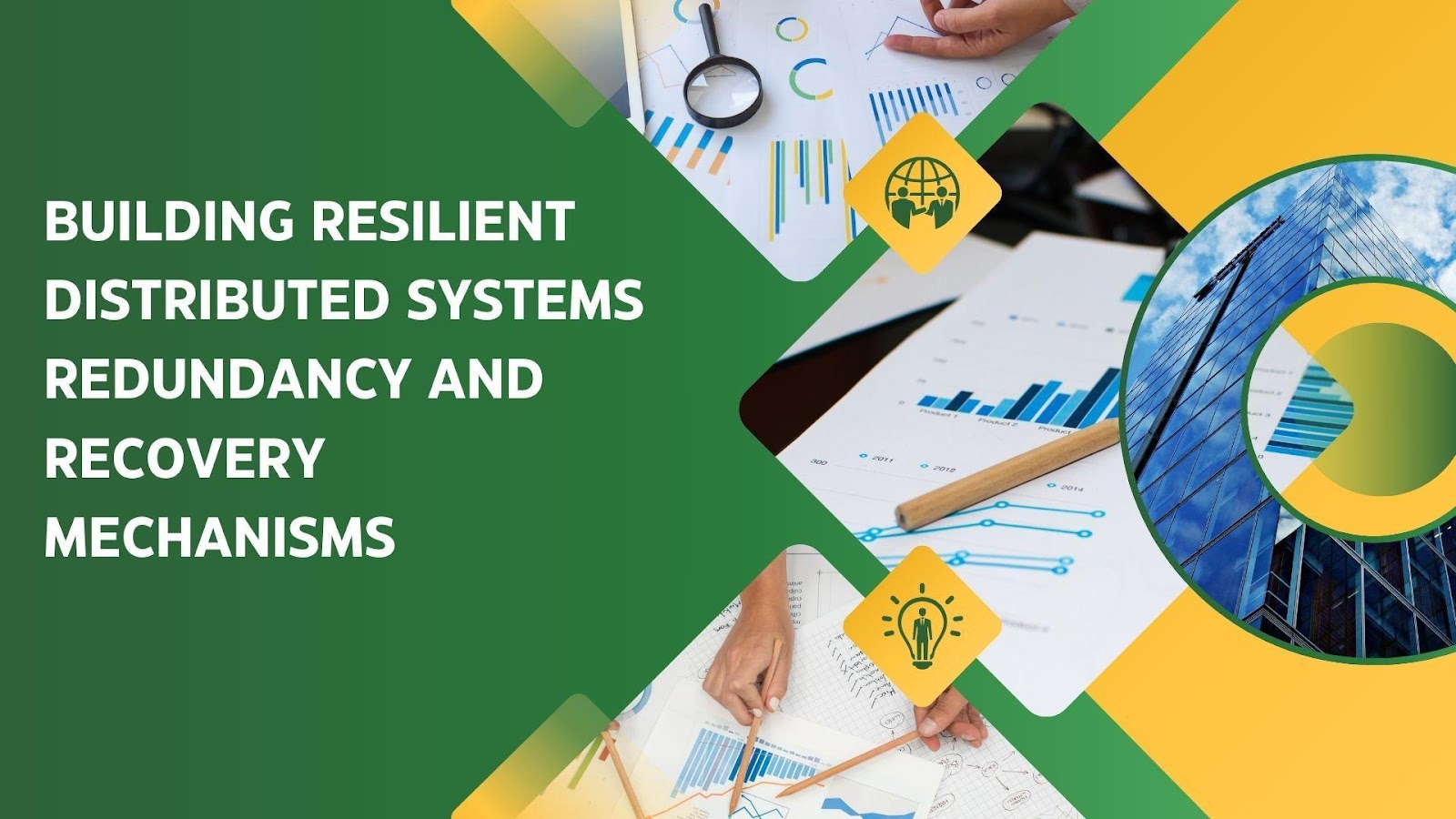In today’s rapidly advancing technological world, distributed systems are crucial for processing vast amounts of data across globally connected networks. Prudhvi Chandra delves into the innovations in fault-tolerant architectures for distributed systems, focusing on redundancy and recovery mechanisms that ensure high availability. Explores various strategies to improve system resilience, reliability, and recovery, offering practical insights for maintaining uninterrupted service even in the face of failures.
The Impact of System Downtime
Distributed systems are the backbone of critical infrastructure in industries that rely on constant uptime. However, the complexity of these systems introduces significant challenges. Unplanned system downtime can result in productivity losses of up to 87%, with hardware and software failures being the primary culprits. Approximately 40% of failures are attributed to hardware, while 36% arise from software bugs. Fault tolerance has become vital in ensuring systems remain functional despite inevitable failures, especially as organizations increasingly depend on these systems for mission-critical operations.
The Evolution of Fault-Tolerant Systems
Fault tolerance has progressed from simple redundancy to more sophisticated automated recovery mechanisms. Initially, systems used basic redundancy to prevent downtime, but as the demand for reliability grew, so did the complexity of these systems. Modern distributed fault-tolerant systems, when properly designed, can achieve up to 99.999% availability. These systems are equipped with automated failure detection, self-healing capabilities, and leader election protocols that minimize human intervention, particularly important in sectors like telecommunications and financial services.
Replication Strategies for Reliability
Replication is a cornerstone of fault-tolerant design in distributed systems. Active-active replication configurations, where multiple nodes handle requests simultaneously, are particularly effective in distributing loads and maintaining system performance. Active-active systems can process 10,000+ concurrent requests per second with minimal latency. These systems use distributed consensus protocols, achieving a 99.95% success rate in maintaining state consistency across replicas, and handling peak loads without service degradation.
Managing Synchronization and Consistency
State synchronization is a key challenge in replicated systems, especially across geographically distributed nodes. Active-active configurations can achieve synchronization latencies as low as 10 milliseconds in local clusters, and up to 100 milliseconds for distant nodes. For active-passive configurations, write-ahead logging (WAL) protocols help reduce data inconsistency risks by 98% during failover scenarios. Proper synchronization ensures data consistency is maintained without sacrificing performance.
Recovery Strategies: Minimizing Service Interruptions
When it comes to system failures, recovery is just as important as redundancy. Active-active systems, for instance, use intelligent load balancing to maintain 99.999% uptime, with automatic failover capabilities that respond to node failures within 5 seconds. In active-passive systems, the recovery process involves detecting failures, verifying states, and resuming services, typically in under 30 seconds. By incorporating automated health monitoring systems, organizations can detect failures up to 4 minutes in advance.
Self-Healing Systems: A Step Toward Autonomous Recovery
Self-healing systems represent a paradigm shift in distributed system design. These systems are equipped with automated fault detection and recovery mechanisms that can take corrective actions without human intervention. By integrating pattern recognition and predictive analytics, self-healing systems can identify recurring failures and preemptively address them. These systems are capable of maintaining service continuity even during partial failures, making them an essential component of modern distributed environments.
The Path Forward: Implementing Resilient Systems
For organizations looking to implement fault-tolerant systems, careful planning and resource allocation are crucial. Studies show that companies adopting systematic fault tolerance strategies experience a 42% improvement in system reliability and a 38% reduction in unplanned downtime. Additionally, the integration of predictive analytics and automated scaling mechanisms can optimize resource utilization, reducing infrastructure costs by 28% while enhancing system reliability. This proactive approach not only improves system performance but also supports long-term operational sustainability.
In conclusion, the advancements in fault-tolerant system design, as explored by Prudhvi Chandra, demonstrate the growing importance of robust redundancy and recovery mechanisms in maintaining service continuity in distributed environments. These innovations, including replication strategies, self-healing capabilities, and machine learning-driven detection, have revolutionized how systems respond to failures. As distributed systems continue to scale, the implementation of these resilient architectures will be vital in ensuring high availability and minimizing service disruptions.



































